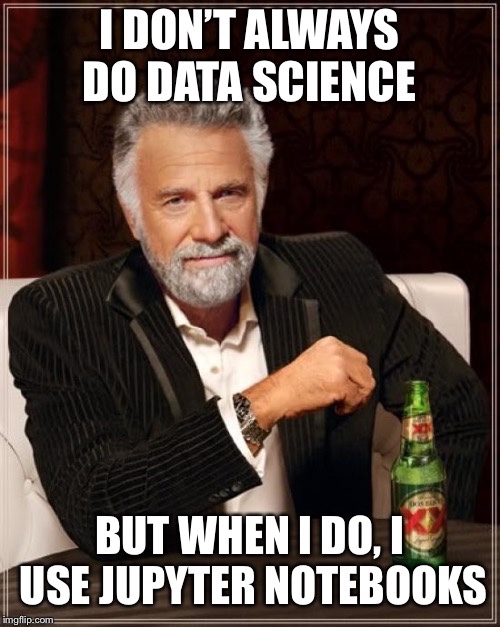Lesson 3: Support Vector Machines
The term Support Vector Machines or SVM is a bit misleading. It is just a name for a very clever algorithm invented by two Russians. in the 1960s. SVMs are used for classification and regression. SVM do that by finding a hyperplane between two classes of data which separates both classes best.




